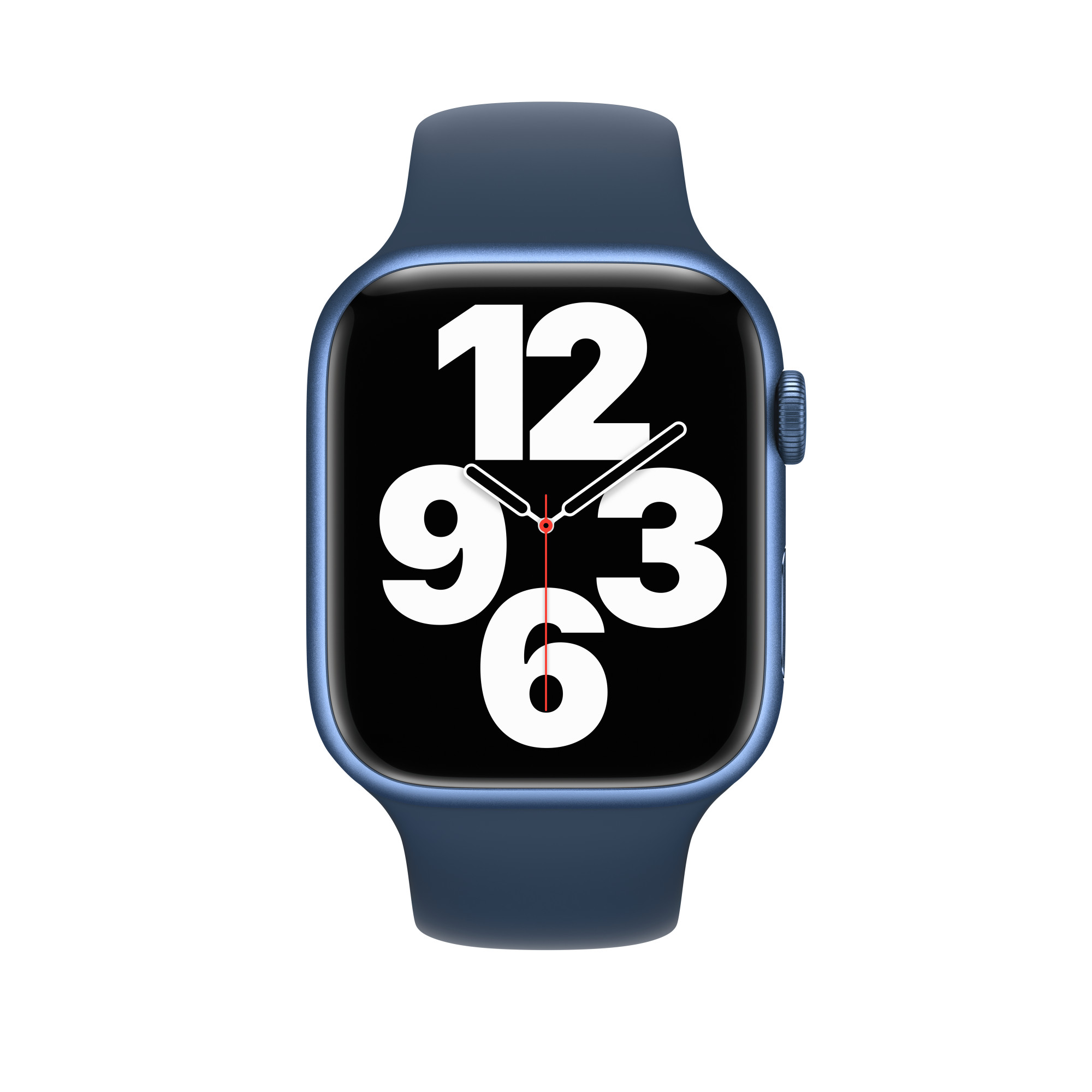I purchased the Apple Watch 42mm Sport Band on 25 August 2015 for $579.00 AUD. As Apple’s first attempt at wearable tech, the device promised innovation and a seamless integration into the Apple ecosystem. Here’s a detailed breakdown of my experience with it.
Versions and Design
The Apple Watch comes in three versions:
- Apple Watch Sport—the most affordable, lightweight option with an aluminium case.
- Apple Watch—a mid-tier option with a stainless steel case.
- Apple Watch Edition—a luxury variant with premium materials, like gold.
The primary difference between these models lies in the materials and bands, but their functionality is identical. Each version is available in two sizes: 38mm and 42mm. I opted for the 42mm, which feels well-proportioned for everyday use. The Black Sport Band is comfortable, sweat-resistant, and ideal for workouts, though the system’s ease of swapping bands allows for customisation with third-party options.
Display and Build
The display is a Retina-quality touchscreen, offering bright and sharp visuals. The Space Grey Aluminium case is lightweight yet sturdy, giving it a premium feel without the heft. The watch’s sleek design complements both casual and formal wear, making it versatile for various settings.
Navigation and Interface
The Apple Watch combines a touchscreen with two physical buttons:
- Digital Crown: Functions as a scroll wheel and a button, offering smooth navigation through apps and menus.
- Side Button: Provides quick access to favourite contacts and other functions.
The navigation feels intuitive. Swiping down from the watch face reveals notifications, while swiping up opens Glances—quick-access cards for essential info like weather, battery level, and music controls. Pressing the Digital Crown brings up the app cluster, a unique but slightly cluttered interface that’s managed via the Apple Watch app on the iPhone.
Features and Functionality
Notifications
One of the watch’s standout features is its notification system. The haptic engine delivers subtle, precise taps on the wrist, alerting me to calls, messages, and app updates. This discreet feedback lets me stay connected without constantly checking my phone, saving both time and battery life.
Activity and Fitness Tracking
The built-in Activity app encourages movement by tracking steps, calories burned, and standing hours. It uses the haptic engine to nudge me towards my fitness goals, although these reminders can occasionally be intrusive, like when it prompts me to stand during meetings or classes.
Apps
Apple Watch apps are extensions of iPhone apps, not standalone programs. While this ensures compatibility, it also means the watch relies heavily on the iPhone for functionality. Built-in apps like Messages, Calendar, and Music perform well, but third-party apps can be slow to load, diminishing the convenience factor. The modular watch face is my favourite, providing a clean layout with customisable data fields for quick access to information.
Glances
Glances offer a streamlined way to view essential information at a glance. These cards, accessible by swiping up, provide quick summaries from apps, such as weather updates, music controls, or shortcuts to toggle airplane mode and locate a misplaced iPhone.
Force Touch
The display’s pressure sensitivity adds an extra layer of functionality. Force Touch lets me clear notifications, change watch faces, and access additional menu options by pressing harder on the screen. This feature is both innovative and practical.
Limitations
Despite its strengths, the Apple Watch has notable limitations:
- No Third-Party Watch Faces: Unlike Android Wear, the Apple Watch doesn’t allow third-party watch face downloads, restricting customisation to default options.
- App Speed: Many third-party apps are slow, making it faster to use the iPhone for certain tasks.
- Dependency on iPhone: The watch’s reliance on the iPhone limits its standalone functionality.
Value and Verdict
At $579.00 AUD, the Apple Watch 42mm Sport delivers a polished experience with some room for improvement. It excels in notifications, fitness tracking, and design but falls short in app performance and customisation. For anyone deeply invested in the Apple ecosystem, it’s a stylish and functional companion that hints at the potential of wearable technology. However, as a first-generation device, it’s clear that future iterations will need to address these shortcomings to truly redefine the smartwatch landscape.




